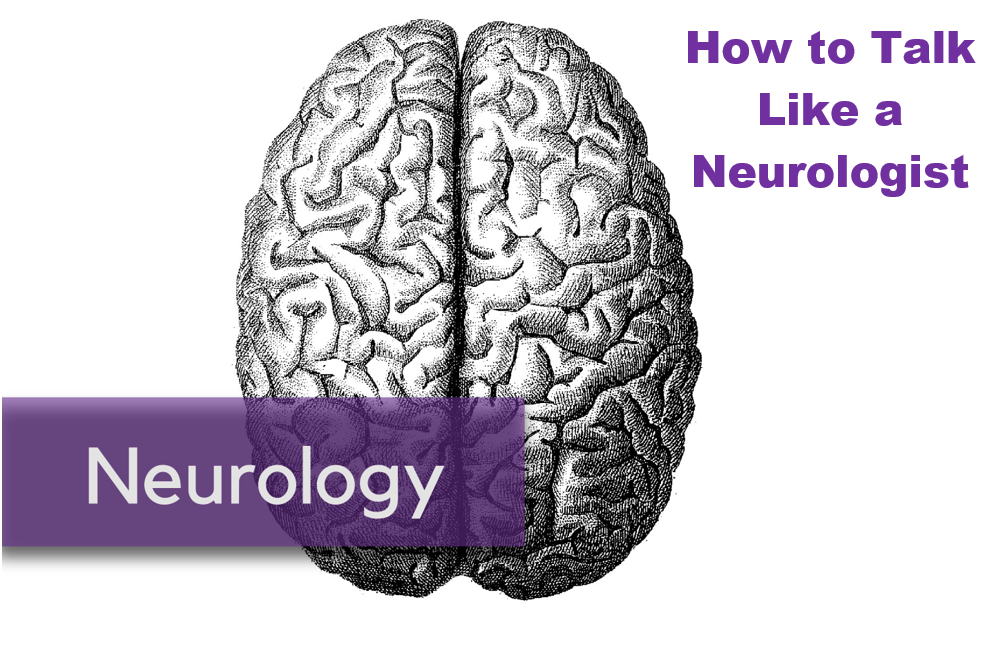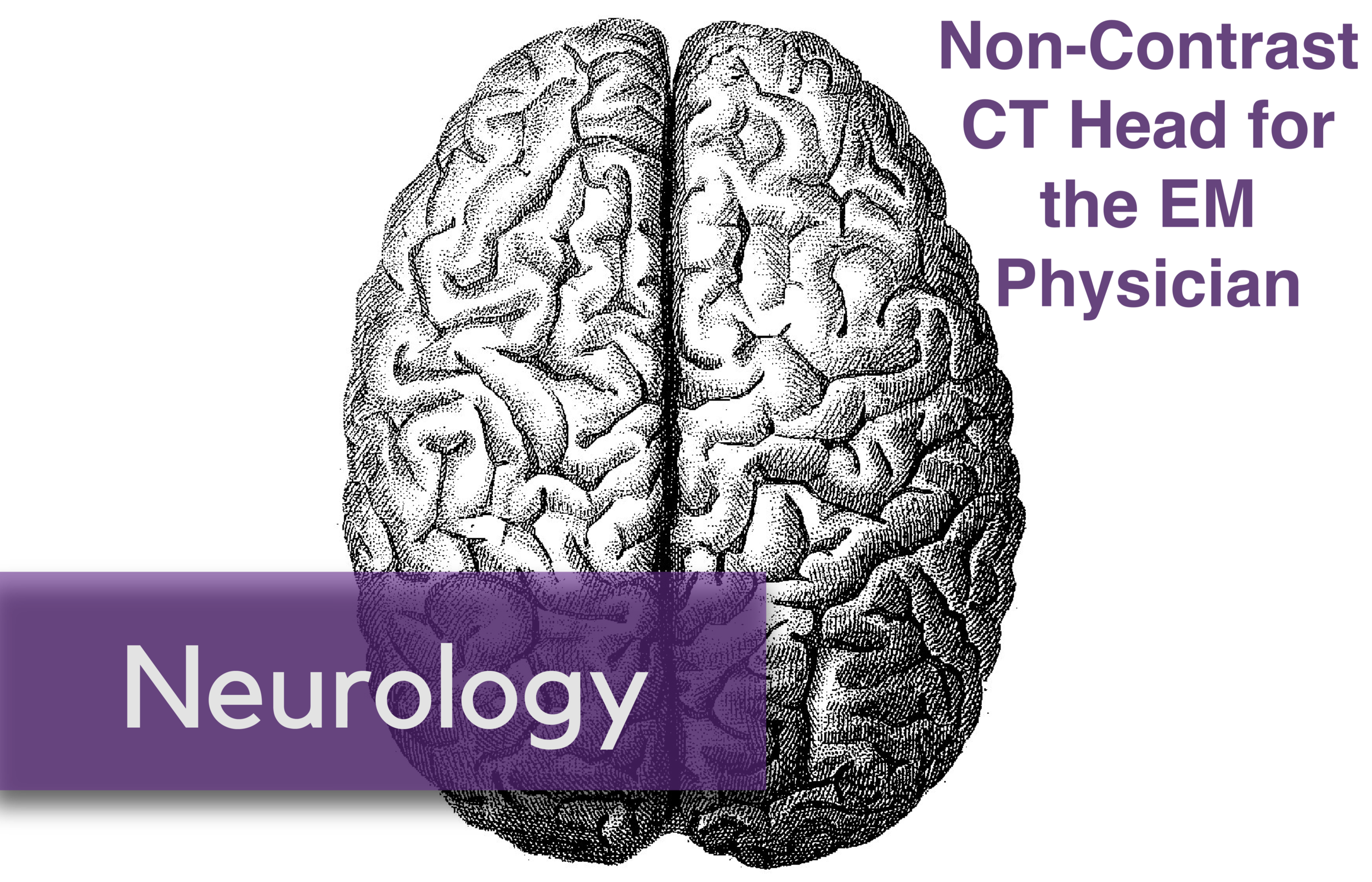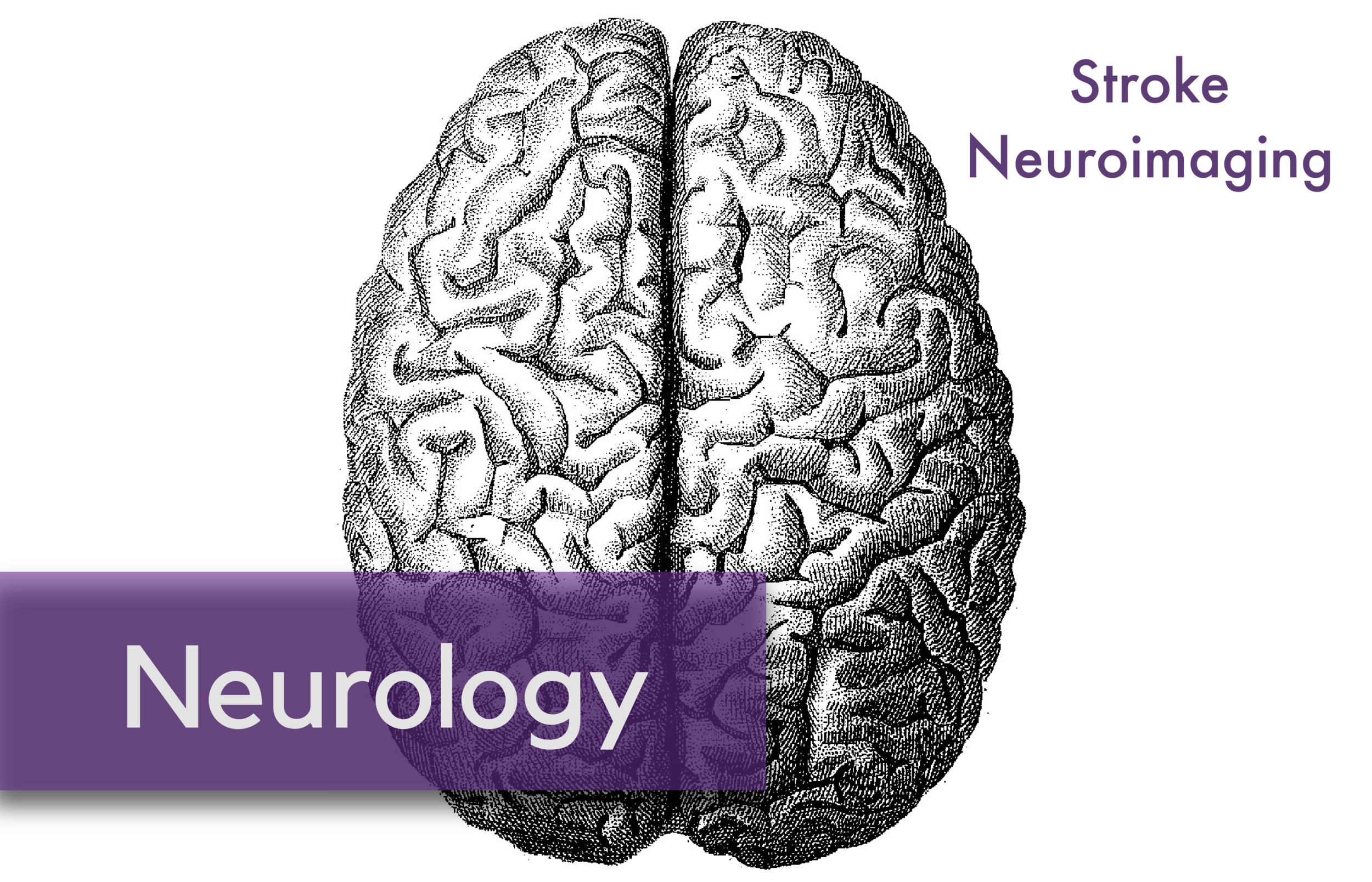Written by: Kumar Ghandi, MD (NUEM PGY-3) Edited by: Arthur Moore, MD (NUEM Alum ‘18) Expert commentary by: Luke Rosiere, MD (NUEM Alum ‘12)
What do I need to know about myasthenia gravis?
Myasthenia gravis is the most common disorder of neuromuscular transmission. The disease can manifest as a combination of weakness in ocular, bulbar, and most importantly respiratory muscles. Myasthenia gravis is disease of the neuromuscular junction, in which autoantibodies are directed against nicotinic acetylcholine receptors (AChR) located on the postsynaptic end plate. These autoantibodies not only induce complement mediated destruction of receptors, but compete with acetylcholine for binding at the remaining receptors [1].
In over 50% of cases myasthenic patients present with ocular symptoms including blurred vision, ptosis, diplopia. 15% of patients present with bulbar symptoms including ptosis, dysarthria, dysphagia, and fatigue when chewing [2]. Isolated respiratory failure is a rare sign. It is important to remember that myasthenic patients will often present specific muscle complaints and not a generalized muscle fatigue [2].
What is myasthenic crisis?
Acute myasthenic Crisis is defined as acquired myasthenia gravis severe enough to require intubation and mechanical ventilation [3]. Typically, between 10-20% of myasthenia gravis patients will experience an episode of myasthenic crisis, most commonly within the first two years [4].
Myasthenic Crisis vs. Cholinergic Crisis
Though cholinergic crisis is a quite rare it is important to differentiate cholinergic crisis from myasthenic crisis in the early evaluation of these patients. Cholinergic crisis is precipitated by excess use of cholinesterase inhibitors. This can manifest as both nicotinic and muscarinic toxicity. Nicotinic symptoms include weakness and fasciculations, while muscarinic symptoms include diaphoresis, tearing, increased oral secretions, diarrhea, and bradycardia [4].
What can trigger myasthenic crisis?
Common triggers for myasthenic crisis include infection, surgical intervention (thymectomy), pregnancy, childbirth, or tapering of immunosuppressive medications [5]. Medications are another large source of triggers for myasthenic crisis [1] [3] [6]. 50% of patients who receive treatment with high dose corticosteroids develop an early exacerbation and 10% will go on to require mechanical ventilation [6].
What are the priorities of management of myasthenic crisis in the ED?
The tried and true emergency medicine axiom of Airway, Airway, Airway is critical for the management of myasthenic patients. Recognition of impending respiratory arrest, early intubation, and placement of a definitive airway has reduced mortality from 40% in the 1960’s to less than 5% today [7]. Evaluation of respiratory function and airway management for patients in myasthenic crisis presents multiple unique challenges in the ED.
How do I best assess respiratory function in the emergency department?
Signs and Symptoms
Patients may describe dyspnea when laying flat. This is thought to be secondary loss of diaphragmatic excursion due to increased dependence of gravity during a myasthenic crisis [4]. Patients may also demonstrate severe dysphagia, with weak cough and inability to clear secretions. Other signs respiratory weakness includes, pausing mid-sentence to take a breath, use of accessory muscles, and tachypnea with shallow breathing [3]. A simple bedside evaluation includes having a patient take a deep breath and count out loud to twenty-five. If they are unable to reach five without pausing for a breath the patient may be bordering on respiratory failure [7].
Forced Vital Capacity
Assesses function of both inspiratory and expiratory muscle function.
Assess in both supine and sitting position as respiratory function tends to decline when supine.
Elective intubation should be considered for FVC <15 [1].
Maximal Inspiratory Pressure/Negative Inspiratory Force
Patient maximally inhales against a closed valve and force at the mouth is recorded.
Inspiration is a negative generating force, thus the more negative the value the stronger the inspiratory effort.
NIF of 0 to -30 cm H20 indicates profound respiratory muscle weakness.
Elective intubation should be considered for those with a NIF in the range of 0 to -30 [3].
Use of these tools are best utilized both in combination and serially with repeat assessment every two hours to assess for progressive respiratory failure. This data allows for objective assessment of respiratory function and assessment for the necessity of a well-controlled elective intubation.
What do I need to consider before intubating?
Neuromuscular Blockers in Myasthenia Gravis:
Due to the pathophysiology of the disease, myasthenic patients due to mechanism of disease are typically resistant to neuromuscular blockade with depolarizing neuromuscular blocking agents such as succinylcholine. Due to the decreased number of receptors myasthenic patients typically require 2.6 times the dose [8]. In addition, use of cholinesterase inhibitors typically used to treat myasthenia gravis can prolong the effect of succinylcholine.
Though succinylcholine is still considered a safe agent, higher doses and inhibition of metabolism can lead to an unpredictable and lengthy paralysis. Typically, a non-depolarizing agent such as rocuronium is the preferred paralytic drug of choice. Myasthenic patients can be sensitive to non-depolarizing agents, starting at 0.1 to 0.2 mg/kg can often provide sufficient neuromuscular blockade [8].
Ventilator Settings:
Initial setting on the ventilator include:
AC/VC mode
Tidal volumes of 8-10 cc/kg of ideal body weight
PEEP 8-15cm H20 to prevent atelectasis and minimize work of breathing [4].
Can I use NIPPV to prevent intubation in myasthenic crisis?
Noninvasive ventilation has previously been shown to prevent intubation in patients in myasthenic crisis. Up to 20% of patients with myasthenic crisis could potentially be managed with non-invasive ventilation. Given the propensity for difficulty swallowing, these patients must be able to protect their airway and manage their secretions in order for NPPV to be a safe alternative. Early NIV has been shown to be associated with reduction in days of ventilator support, length of stay in the ICU, and rate of reintubation [9].
Disposition and Post Emergency Department Care
It is critical to alert Neurology early in the course of a possible myasthenic crisis. Often, myasthenic patients are well known to the department of Neurology, as these patients often frequent the hospital for mild exacerbations of myasthenic symptoms. Myasthenic crisis patients often require close observation in an ICU given their high risk for respiratory failure or need for ventilator management. Treatment options once leaving the ED often include, plasma exchange (PLEX) or intravenous immunoglobulin (IVIG). The table below serves as an excellent comparison for PLEX vs IVIG, knowing the modality of choice from the Emergency Department can help determine the vascular access needed to perform each modality [4].
Expert Commentary
Myasthenic crisis is such a great topic. I can't think of another case that employs such a breadth of expertise.
While it is most exciting to talk about how to manage a patient in crisis, it can't be understated how critical we are in preventing such a crisis. Look closely at that list of precipitating medications. At least half of those are on my Top 20 most common prescription list. Myasthenia is like prolonged QT. If you don't think twice about your therapies, you can put this patient in a heap of trouble and plant them in the ICU for 2 weeks. So, first thing I can say is, if you ever see myasthenia gravis on a PMH, whether they're there for a UTI or a hang-nail, think twice and three times about every medication you write for (including IV contrast).
When it comes to the recognition and management of a crisis, the above description is great.
As you would suspect by the word "crisis," this won't be subtle.
I'll add the following bullets:
1) Great patient to monitor with continous capnography. It will be your quickest indicator of deteriorating ventilation.
2) Keep myasthenia in your differential for any undifferentiated hypercarbic respiratory failure. Before you paralyze and intubate, try and get a brief history and physical to assess for intermittent weakness, bulbar nerve palsies, etc. Otherwise, this potential diagnosis may be missed for days until they can get this patient off the vent
3) Non-invasive ventilation sounds great, but probably won't help that much. These crises last for days, and you can't keep a mask on for that long. These patients often have dysphagia, so will aspirate. Many patients have excess secretions that are better managed through an endotracheal tube. If they need positive pressure, you're best off securing the airway before it's full of vomit.
4) Succinylcholine 2 mg/kg or rocuronium 0.6 mg/kg. Anesthesia literature often recommends puny doses (if any at all) of NMBAs. They're expecting to extubate that patient in 3 hours and fear prolonged paralysis. We are expecting them to be on the vent for days. You need to ensure you have adequate intubating conditions, and paralytics will help. Don't forget to keep your patient well-sedated if you think they're still paralyzed.
5) We're not expected to decide how to cure this crisis. Call neurology and they'll tell you their preference. You'll probably start steroids and they'll decide if they want IVIg or plasma exchange. None are going to work in 5 minutes anyway, so they can deliberate a little.
Luke Rosiere, MD
Northwestern University Emergency Medicine Class of 2012; Attending Physician at Northwestern Medicine Central DuPage Hospital
How To Cite This Post
[Peer-Reviewed, Web Publication] Ghandi K, Moore A (2018, November 5). Management of Myasthenia Crisis in the ED. [NUEM Blog. Expert Commentary by Rosiere L]. Retrieved from http://www.nuemblog.com/blog/myasthenia
Other Posts You May Enjoy
Resources
Adams, James, and Erik D. Barton. Emergency medicine: clinical essentials. Philadelphia: Elsevier Saunders, 2013. Print.
Clinical Manifestations of Myasthenia Gravis . (n.d.). Retrieved April 19, 2017, from https://www.uptodate.com/contents/clinical-manifestations-of-myasthenia-gravis
Myasthenic Crisis . (n.d.). Retrieved April 21, 2017, from http://www.uptodate.com/contents/myasthenic-crisis
Wendell LC, Levine JM. Myasthenic crisis. Neurohospitalist 2011; 1:16.
Berrouschot J, Baumann I, Kalischewski P, et al. Therapy of myasthenic crisis. Crit Care Med 1997; 25:1228.
EM:RAP. (2015, September). Retrieved April 20, 2017, from https://www.emrap.org/episode/september/drugsnottousein
EM:RAP. (2006, January). Retrieved April 21, 2017, from https://www.emrap.org/episode/january2006/myasthenia
Anesthesia for the patient with myasthenia gravis. (n.d.). Retrieved April 19, 2017, from http://www.uptodate.com/contents/anesthesia-for-the-patient-with-myasthenia-gravis
Seneviratne J, Mandrekar J, Wijdicks EF, Rabinstein AA. Noninvasive ventilation in myasthenic crisis. Arch Neurol. 2008;65:54–58















